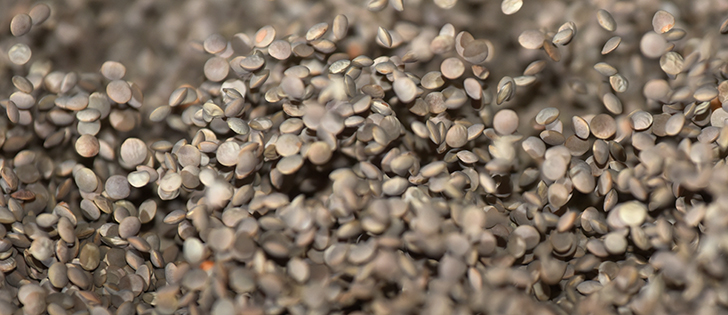EDMONTON — Farmers need to expand the shipping season for pulses beyond the usual four months, said an official with the country’s leading pulse processor.
“Really, we can’t keep shipping it all in four months (December to March). It has to be year round,” Murad Al-Katib, who heads AGT Foods and Ingredients, told farmers attending FarmTech in Edmonton earlier this month.
He added that Canada’s pulses represent $2 billion in sales, or 23 percent of global pulse exports.
He said increases in crop yields from Western Canada and more diverse crop choices have meant that rail, port, grain and container systems are potentially too small to handle the annual crop properly.
Read Also

More factors affecting winter weather
When you combine a weak La Niña, early Siberian snow, and a warm northern Pacific, it’s easy to see why long-range winter forecasting is so complex.
“Vancouver is like pouring a five gallon pail into a small funnel,” said Al-Katib.
He said he sees lentil, pea, faba bean and chickpea acres increasing in Western Canada, with Alberta expected to double its acreage several times over in the coming years.
The grain and container facilities in Prince Rupert, B.C., will become key to expanding the shipping season to year-round schedules.
“You farmers have really grown your on-farm storage. And you will need more of it and more drying and handling (systems) in the future.”
He said his company is investing in more grain handling systems, demonstrating the company’s confidence in the sector’s continued growth.
“Our growth and expansion is based on an improved system.
“We just bought 682 (kilometres) of rail. We are now the third largest Class 3 railway in Canada,” he said.
The company is also building a consolidation facility near Saskatoon and a new processing facility in Alberta. Future expansion of fractionation is under way for its new North Dakota facility and it is also considering construction of a new Canadian operation.
Last year, Alberta grew 500,000 tonnes of lentils, compared to Saskatchewan’s average 1.75 to 2.5 million.
He said the Indian market is likely growing faster than the ability to serve it, producing about 17 million tonnes domestically each year, while consuming 23 million.
The Indian market for lentils is growing by about one million tonnes annually, with few options for domestic growth. That has created new opportunities for western Canadian pulses.
“But we need to be able to deliver on it through our export facilities,” Al-Katib said.















